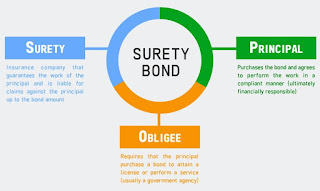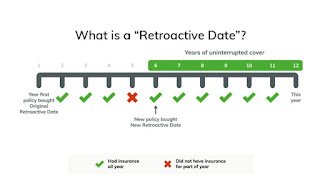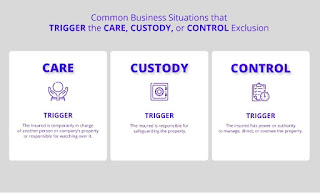AUTOMOBILE INSURANCE

AUTOMOBILE INSURANCE Automobile insurance is a financial product that protects car owners from financial loss in case of an accident, theft, or other damage to their vehicle. It also provides coverage for liability claims arising from injuries or property damage caused to others by the insured driver. This will be in exchange for you paying a premium, the insurance company agrees to pay your losses as outlined in your policy. There are different types of auto insurance coverage available, and the specific coverage you need will depend on your individual circumstances, such as the value of your car, your driving habits, the type and value of your car, your driving record, your age, your location, your credit score, minimum insurance requirements of a particular jurisdiction. Here are some of the most common types of auto insurance coverage: 1- Liability coverage: This covers costs associated with injuries or property damage caused to others by the insured driver. It typically co...


















